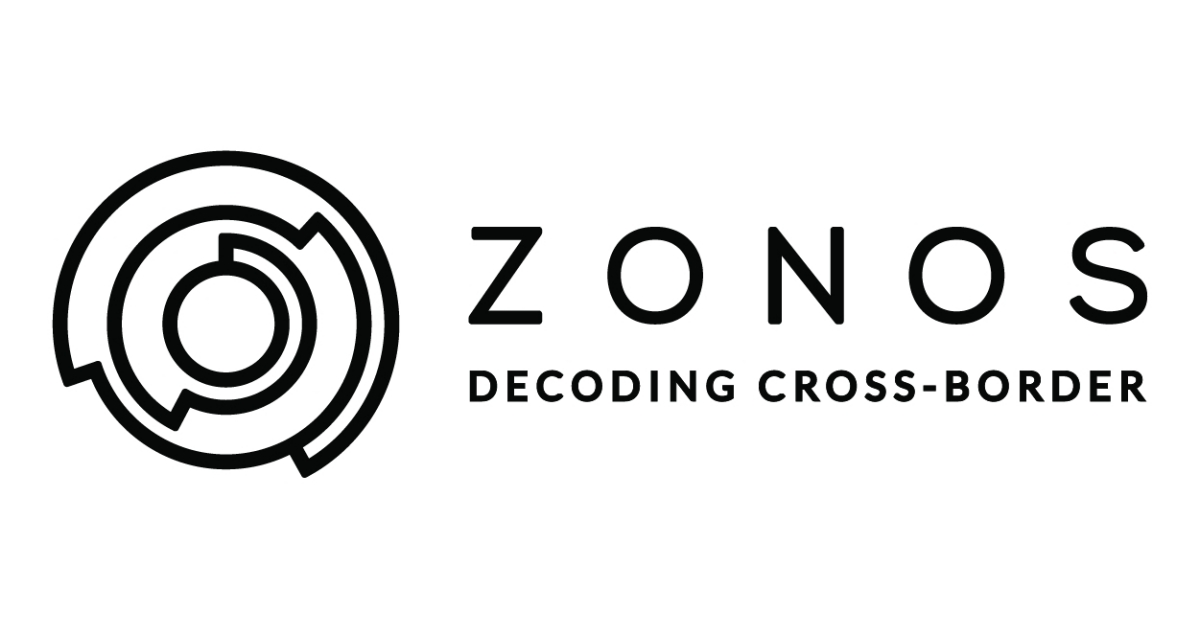
Hi there! It’s Natalie Czyzowicz back again for the next installment of SaaS distilled. If you missed the first one, it can be found here. So let’s get into the next distillation on Customer Acquisition Cost.
Customer Acquisition Cost: The Secret Weapon of Successful Startups
Ilia Markov at Chartmogul authored this piece on CAC — defining it and explaining its importance as a core SaaS metric while providing a bith of high-level math and calculation considerations.
When reading Ilia’s piece, I found myself thinking a bit more deeply about the math behind CAC and our view of how companies are measuring and evaluating this metric.
Why CAC May Be Important
As a core SaaS metric, CAC’s purpose is to shine light on the efficacy and efficiency of your sales and marketing activities, carried out in order to acquire new customers who deliver new revenue.
The CAC calculation can be relatively straightforward when measuring at the aggregate level.
CAC = fully loaded sales and marketing spend / # of customers acquired
But if you’re wanting to get more detailed and produce accurate measurements to make informed decisions at a more granular level, things can get quite complex.
You’ll be wading into a combination of discretionary S&M spend + the fully-loaded headcount and potentially associated overhead required to execute on customer acquisition efforts.
You’ll be looking at your channels, at your campaigns and, perhaps, at your individual GTM teams to get a sense for what it’s truly costing you to acquire new customers across a multitude of efforts. There’s a lot of slicing and dicing to be done to accurately account for the breadth of investment being deployed to grow a customer base.
More on this below, but first…
What May Make CAC a Untrustable SaaS Metric
It depends on the data and math behind it.
If there is enough robustness in the data (history/count/scale) and quality/consistency in the math, then the answer is “possibly”.
Without enough historical data with some time and scale around the sales and marketing spend and resulting customer acquisition, CAC (like LTV) is not really a metric we’re going to value in our analysis.
Additionally, unless we can see what exactly goes into a company’s CAC calculation and are confident that: 1) it’s reasonably correct and 2) the company sticks to that same methodology over a period of time (so we can compare it and see trends), we generally don’t trust it as a high quality SaaS metric.
This is often generally the case for companies earlier on in their go to market and customer acquisition that have not deployed meaningful sales and marketing spend. This is ok, let’s all just recognize it
For companies that have a reasonable amount of data to analyze, If we can’t dig into detail of what goes into the CAC calculation, then we don’t know the real cost to acquire a customer or which acquisition channels they include.
How CAC Can Get Complex
CAC can mean different things to different companies at different stages and sometimes it’s not even worth measuring at all, not only can it be a distraction it can also be detrimental by misleading strategy and spend.
The complexity around CAC comes from the fact that each company may carry a different interpretation of what they consider to be: 1) “fully loaded sales and marketing spend” and 2) an acquired customer (hint: they should be regularly paying you!). This variability can cause confusion and is exactly why we don’t put a lot of faith into the metric for many of the companies we evaluate and fund. Here’s why:
- Salaries: We often don’t see companies break down salaries by department on their Income Statements, which makes it nearly impossible to calculate CAC and accurately predict how much money companies spend solely on sales and marketing salaries.
- Exclusion: Sometimes companies exclude things in their CAC calculation to show that they’re more profitable in their acquisition strategy than they really are. You need to be very careful and make sure you account for all expenses related to sales and marketing. Forgetting to include costs such as website design or support during the implementation and onboarding process will impact your calculation and show much more attractive CAC than it is in reality.
- SMB CAC ≠ Enterprise CAC: A lot of SaaS companies have a mix of SMB and Enterprise customers. With a mixed customer base, showing a blended CAC number for both doesn’t make sense. Normally the upfront costs to acquire an Enterprise customer are much higher than those required to acquire a SMB customer due to the fact that sales cycles are longer, more people are required and different playbooks are utilized. We’re talking potential orders of magnitude of spend difference between SMB and Enterprise CAC, so mixing both customer types together and showing a blended CAC for both is ineffective. They should be shown separately.
- Customer Success Costs: There’s an ongoing debate whether customer success costs should be included in CAC, since they’re generally not related to new revenue (and new customers), but are to expansion revenue (and existing customers). However, if the customer success team plays a major role in acquiring new customers, customer success costs should be included in CAC.
- It needs LTV: It’s difficult to benchmark what a good CAC for SaaS is in dollars. The number itself doesn’t tell us much since SaaS companies initially spend a significant amount of money to acquire a customer and then focus on retaining that customer for as long as possible. CAC metrics in dollars is almost meaningless unless it’s shown as a ratio and is related to a customer lifetime value (CAC:LTV). We consider the LTV:CAC ratio of 3x to be very strong, meaning if you spend $10,000 to acquire a customer, you should expect them to generate $30,000 in revenue.
When we think of customer acquisition, we don’t only care about how much a company spends to acquire a customer, but also how much that customer will be worth and whether they’re over or under spending and can scale effectively.
To wrap up, once you decide on your methodology for calculating CAC, stick to it. Your math may not be perfect in everyone’s eyes, but if you (and a potential capital partner) can be confident in using it as a source of truth, that’s what matters (assuming you’ve done good math!). Your measurement is not going to do you much, if any, good if you are continuously moving the goalposts.
In our next piece, we’ll be stepping into SaaS Churn calculations, teeing off a piece from SaaS guru, David Cummings.
If you care to chat about this or anything else SaaS ops/financing related, we’re always happy to see if we can help.
To Chat: grab some time
For More Content: subscribe to our monthly newsletter (no fluff!)








